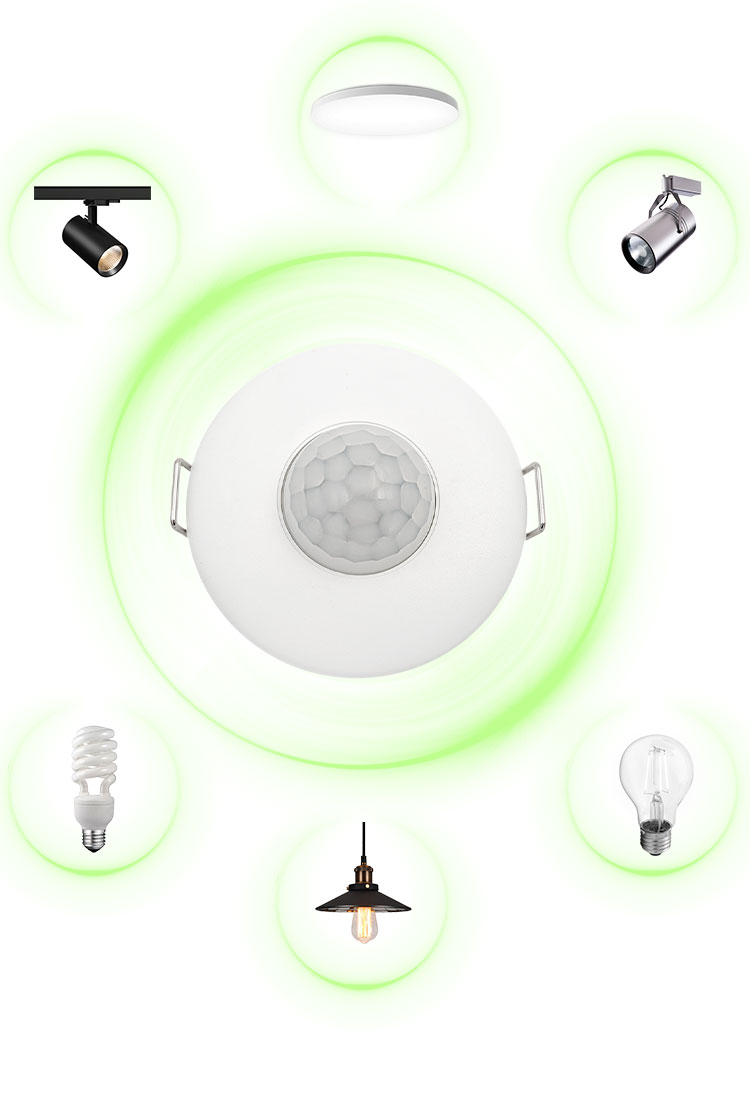

Sensors: The "Sensory Nerves" of Modern Technology
Introduction
We live in a data-driven world, and sensors are the "sensory nerves" of this world. From automatic brightness adjustment on smartphones to precise operations of industrial robots and traffic management in smart cities, sensors are everywhere. Like human senses, they detect changes in the environment and convert physical signals into usable data. Today, we will delve into the principles, classifications, applications, and future trends of sensors.
What is a Sensor?
A sensor is a device capable of detecting physical, chemical, or biological signals in the environment and converting them into electrical signals or other readable forms. Simply put, it acts as an "electronic sense," measuring parameters such as temperature, pressure, light intensity, humidity, motion, sound, and more.
How Sensors Work
1.Detection: The sensor detects external changes through sensitive components (e.g., thermistors, photodiodes).
2.Transduction: Converts physical signals (e.g., temperature, pressure) into electrical signals (e.g., voltage, current).
3.Processing: The signal undergoes amplification, filtering, or digitization for interpretation by computers or control systems.
4.Output: The final data can be used for display, storage, or controlling other devices.
Common Types of Sensors
1. Temperature Sensor
(a)Uses: Measures ambient or object temperature (e.g., air conditioners, refrigerators, industrial temperature control).
(b)Types: Thermocouples, thermistors, infrared temperature sensors.
2. Light Sensor (Photoelectric Sensor)
(a)Uses: Detects light intensity (e.g., automatic brightness adjustment on phones, solar streetlights)
(b)Types: Photoresistors, photodiodes, CCD/CMOS (cameras).
3.Motion Sensor (Accelerometer & Gyroscope)
(a) Uses: Detects motion (e.g., screen rotation on phones, gaming controllers).
(b)Types: MEMS accelerometers, gyroscopes.
4. Pressure Sensor
(a) Uses: Measures gas or liquid pressure (e.g., car tire pressure monitoring, medical blood pressure monitors).
(b ) Types: Piezoresistive, capacitive pressure sensors.
5. Proximity Sensor
(a) Uses: Detects nearby objects (e.g., automatic doors, phone anti-misoperation).
(b) Types: Infrared, ultrasonic, capacitive proximity sensors.
6. Gas Sensor
(a)Uses: Detects air quality or hazardous gases (e.g., smoke alarms, industrial safety monitoring).
(b)Types: Electrochemical, semiconductor gas sensors.
7.Biosensor
(a)Uses: Detects biological molecules (e.g., glucose meters, DNA testing).
(b)Types: Enzyme sensors, immunosensors.
Applications of Sensors
Consumer Electronics
(a)Smartphones (ambient light sensors, fingerprint recognition, gyroscopes).
(b) Smart homes (temperature and humidity sensors, motion-activated lights)
Industrial Automation
Robots (force sensors, vision sensors).
Smart manufacturing (vibration sensors for equipment health monitoring).
Automotive Industry
Autonomous driving (LiDAR, ultrasonic radar).
Safety systems (tire pressure monitoring, collision sensors)
Healthcare
Wearable devices (heart rate sensors, blood oxygen monitors).
Medical equipment (MRI machines, glucose monitors).
Environmental Monitoring
Weather stations (temperature, humidity, and pressure sensors).
Pollution monitoring (PM2.5, CO₂ sensors).
Future Trends: Smart Sensors and the Internet of Things (IoT)
1.Edge Computing: Sensors process data locally, reducing reliance on the cloud (e.g., facial recognition in smart cameras).
2.Self-Powered Sensors: Utilize solar or vibration energy harvesting to minimize battery replacement.
3.Flexible Sensors: Emerging applications in wearables and electronic skin.
Conclusion
Sensors are the cornerstone of modern technology. From everyday smart devices to cutting-edge industrial applications, they enable machines to "perceive" the world, driving automation and intelligence. In the future, with the integration of 5G, AI, and IoT, sensors will become more miniaturized and intelligent, forming the core perceptual layer of the digital world.








